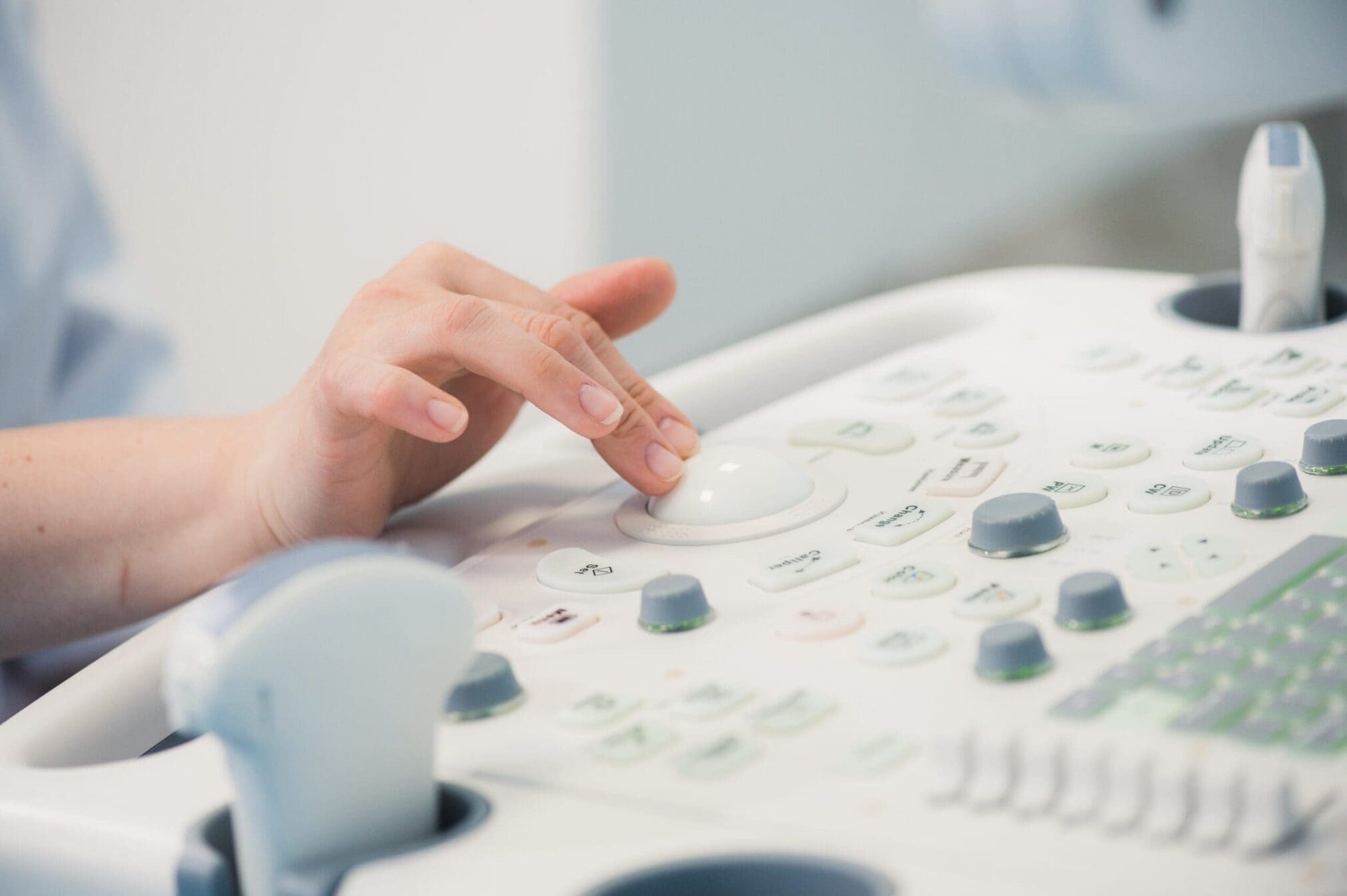A product’s CE marking is seen as the gold-standard in industry and consumer market quality in Europe. It stands as a mark of highest quality, rigorous testing, and to-the-letter compliance with strict health and safety codes and regulations. As a result of this, it is a huge testament to any product bearing it and leaves no room for questions as to why any manufacturer or distributor would want one for their product. It does, however, come with its own set of jurisdictional limitations. In this blog, we will explore CE marking’s role, or lack thereof, in allowing a product access to the global market.
A CE marking (a French phrase, ‘Conformité Européene’, literally meaning ‘European Conformity’) serves as a declaration from the manufacturer that the product complies with all the essential requirements outlined by the relevant European health, safety, environmental, and regulatory bodies and is in keeping with all European directives which pertain to it. The marking allows the product to move freely within the EU member states and European Free Trade Association (EFTA) countries. In short, it grants it access to the European Market.
That being said, while an absolute must for all products looking to be introduced onto the European Market, CE markings have no direct bearing on a product’s standing in the rest of the world. And while products already sold within the European Union with a CE mark can be sold outside of the EU, they may not be sold anywhere in the world (inside or outside the European Market) with an affixed CE marking that has not been officially awarded.
However, for manufacturers that have already been granted a CE marking and wish to expand to global markets, the CE marking can be used as a stepping-off point. As the CE marking represents such high standards, many manufacturers use it in the wider world to qualify for a Free Sales Certificate – a document that guarantees the manufacturer and device alike meet the various health and safety requirements outlined in the CE marking process (especially for MDD and IVD devices).
To sum up. a CE mark is a ultimate proof of complying with European Regulations. It can be also used for ‘marketing’ purposes – companies can obtain CE mark and not be selling to the EU. Having a CE mark affixed on the product is a sign of top-quality and meeting all necessary safety requirements. Therefore, many use it solely to advertise their devices and be able to find more distributors or commercial partners. CE Mark can also facilitate penetrating other markets, for instance by obtaining a Free Sales Certificate.
To find out more about the Free Sales Certificate process, or to learn about any of Obelis’ CE marking services, contact us today and find out how our team of regulatory experts can help.


